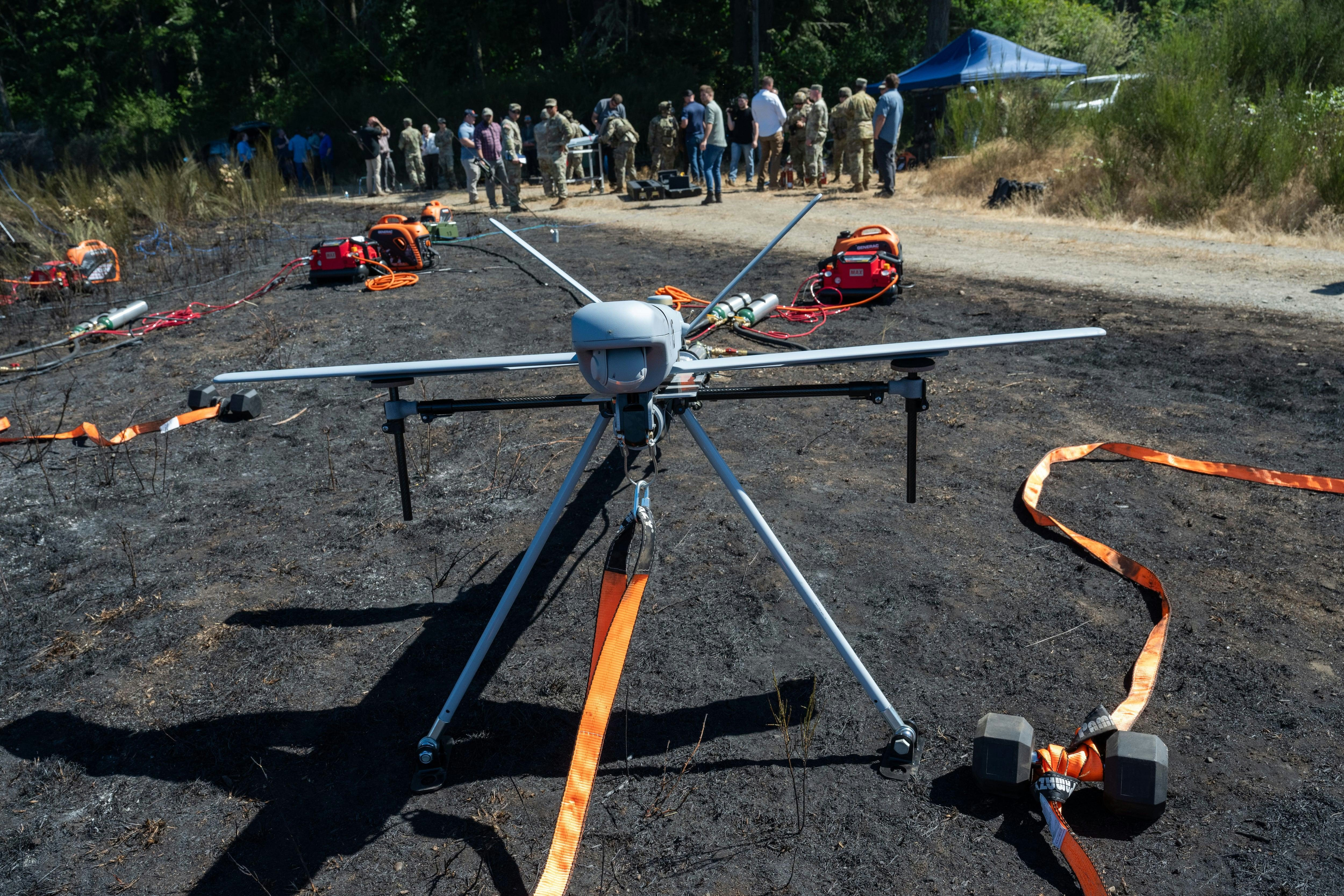
AeroGenie — Your Intelligent Copilot.
Trending
Categories
Why No U.S. Airlines Fly the Airbus A350-1000
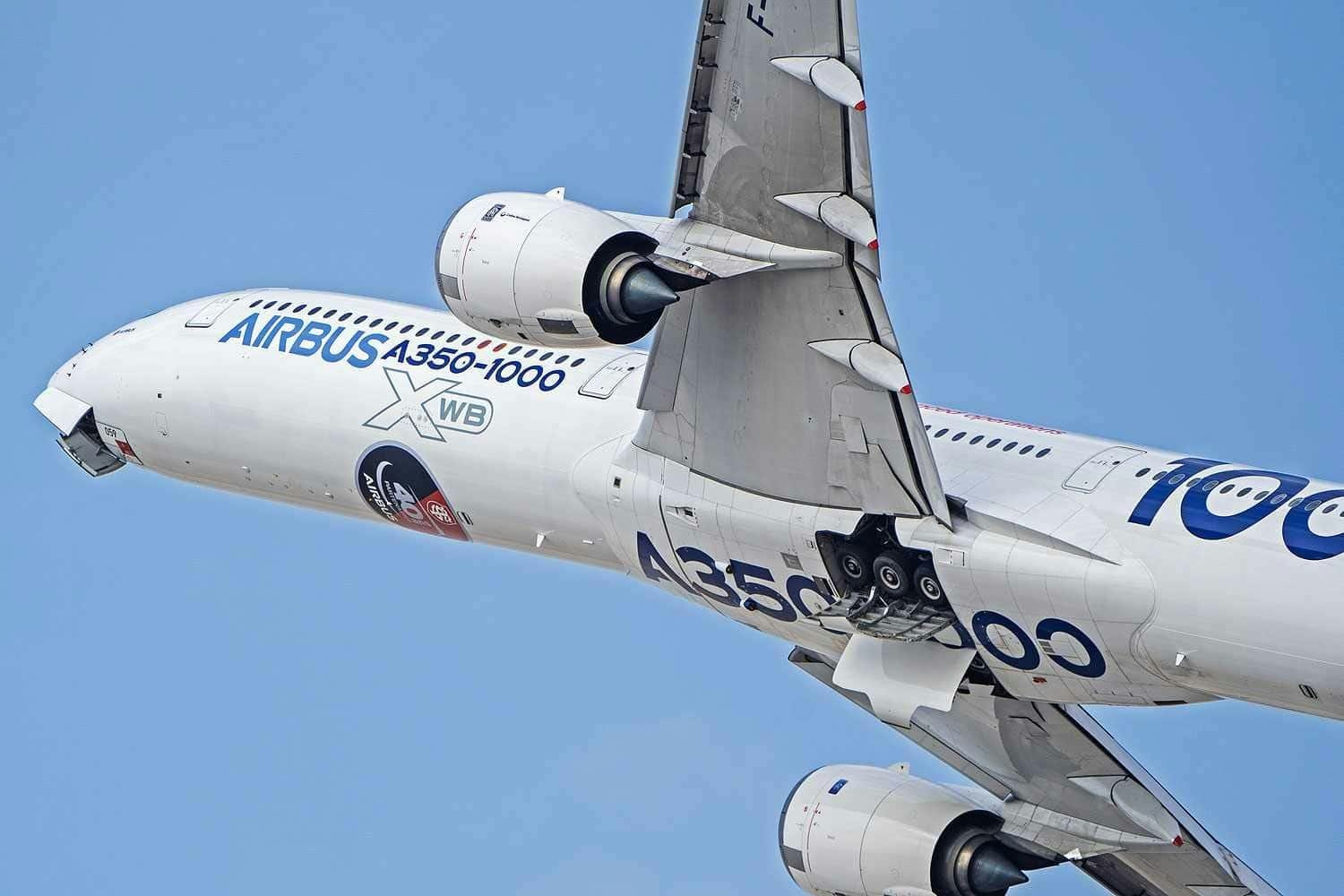
Why No U.S. Airlines Fly the Airbus A350-1000
Airbus introduced the A350 family in the mid-2000s as a strategic response to Boeing’s 787 Dreamliner, aiming to provide enhanced efficiency, long-haul capability, and improved passenger comfort. The A350 quickly established itself as a key player in global aviation, featuring two main variants: the A350-900, known for its versatility, and the larger A350-1000, designed to serve high-demand international routes with greater capacity. Despite widespread adoption of both models worldwide, the A350-1000 remains notably absent from the fleets of U.S. airlines.
Fleet Strategy and Market Preferences
Delta Air Lines operates the A350-900, yet no major U.S. carrier has incorporated the A350-1000 into their operations. Instead, American airlines have consistently favored Boeing widebody aircraft such as the 777 and 787 to fulfill their long-haul requirements. This preference is largely driven by fleet strategy considerations, with U.S. carriers emphasizing fleet simplification and commonality. By focusing their widebody operations predominantly on Boeing aircraft, these airlines reduce operational complexity and associated costs. For many, the A350-1000 has not presented a sufficiently compelling advantage over existing Boeing models to warrant its introduction.
Market demand and regulatory factors have also influenced this trend. The U.S. long-haul market is already well-served by Boeing’s current widebody fleet, diminishing the operational necessity for an additional large-capacity aircraft. Furthermore, regulatory challenges and the complexities involved in integrating a new aircraft type into established operations have contributed to the reluctance among U.S. carriers. Although Airbus recently secured an order for seven additional A350-1000s globally, U.S. airlines have shown limited interest, reflecting a broader industry pattern.
Broader Industry Trends and Historical Context
This reluctance is not unique to the United States. For instance, Air France-KLM converted its A350-1000 orders to the smaller A350-900, indicating a preference for aircraft with more conventional range and capacity profiles. The charter sector, which can sometimes influence fleet decisions, faces its own set of challenges—including competitive pressures, taxation, and talent acquisition—that further complicate the market dynamics for introducing large, new aircraft types.
Both American Airlines and United Airlines have historical ties to the A350 program but have ultimately refrained from adopting the A350-1000. United placed a direct order for the aircraft, while American inherited commitments through its merger with US Airways. However, American’s inherited orders focused on the smaller A350-800 and A350-900 variants rather than the -1000. Both carriers have since opted to maintain their long-haul operations with Boeing aircraft, citing operational efficiency and fleet commonality as key factors.
For the foreseeable future, the Airbus A350-1000 will remain absent from U.S. airline fleets. Unless there is a significant shift in market conditions or operational requirements, Boeing’s widebody aircraft will continue to dominate American skies, with the A350-1000 primarily serving international carriers.

United Airlines Flight Returns to Dulles After Engine Failure on Takeoff

United Airlines flight makes emergency landing at Dulles after engine failure

The Impact of the New Air Force One’s Delayed 2028 Arrival on Aviation and Travel

United Airlines Restarts Controversial AI Scheduling for Flight Attendants
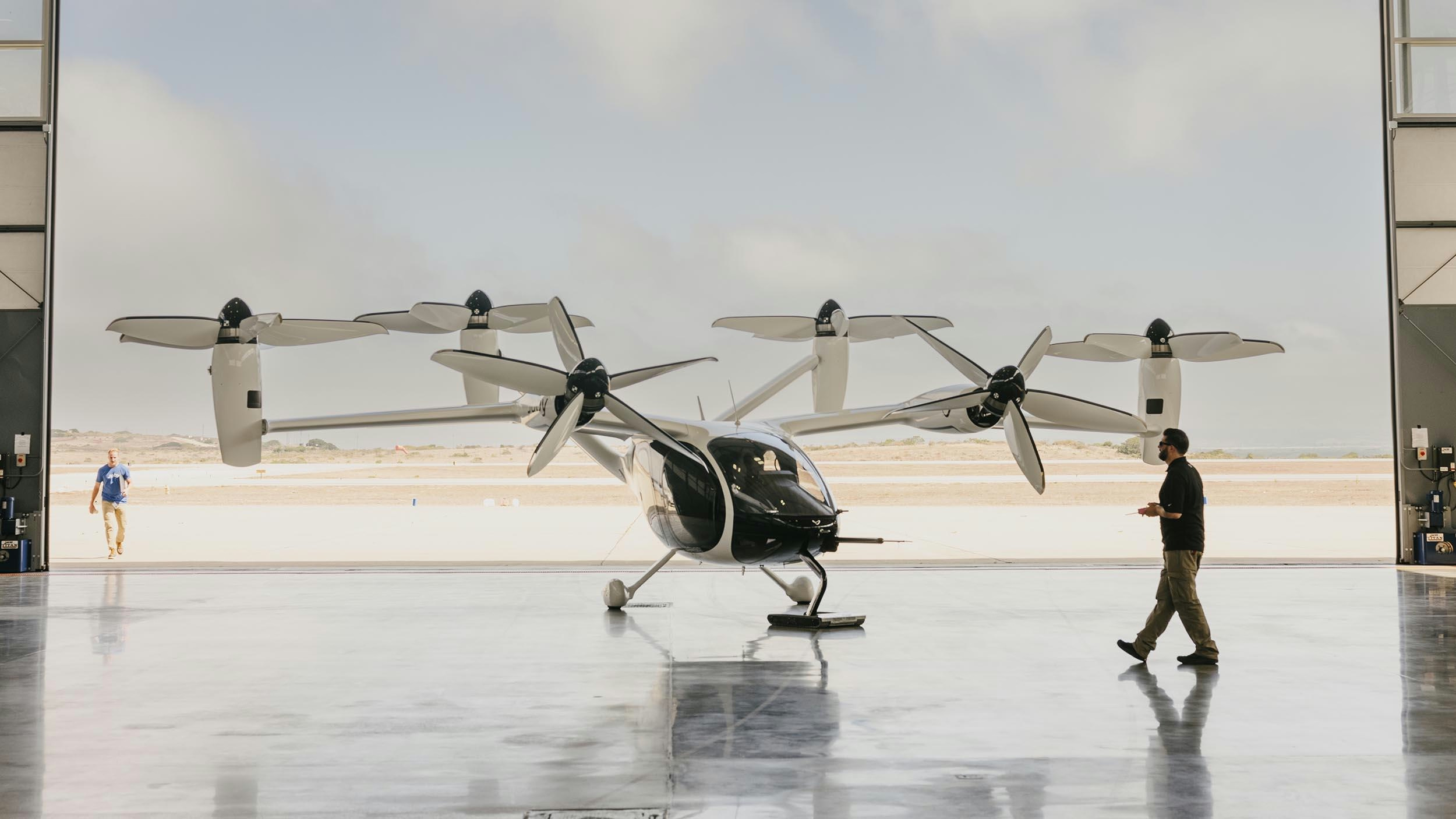
Joby Aviation’s Air Taxis Poised to Change Urban Travel and Tourism
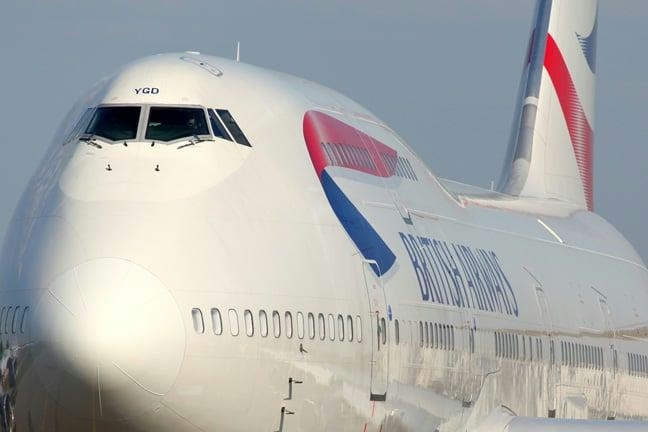
BA Chief Warns AI Agents May Diminish Brand Visibility
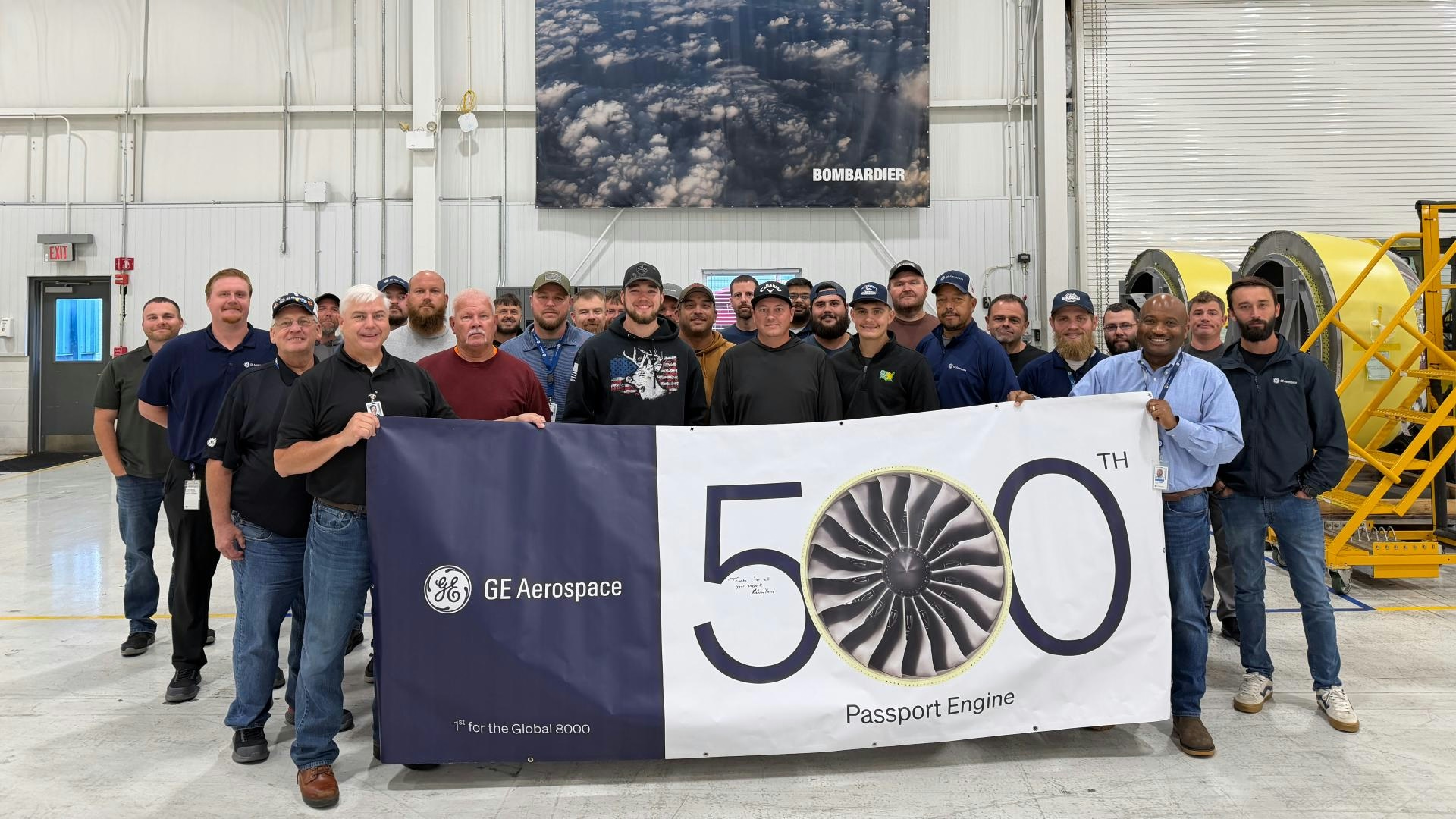
How GE Is Meeting Global Jet Engine Demand
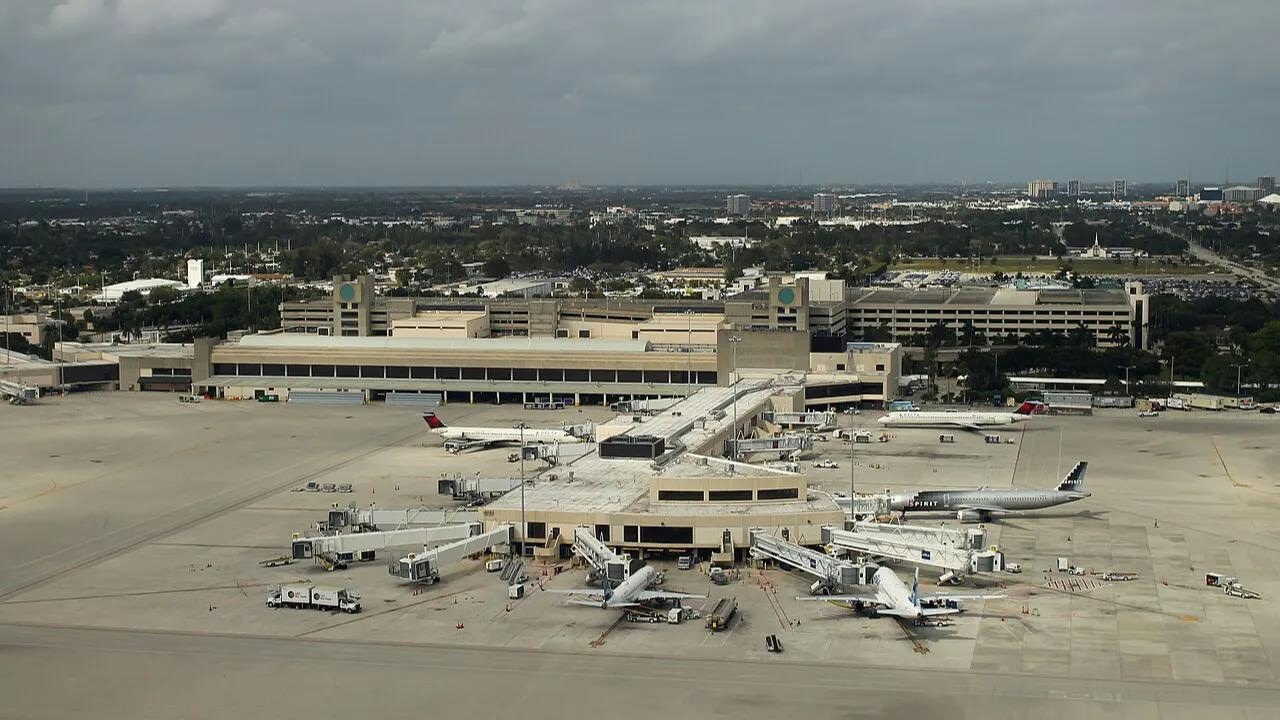
IATA Projects Airline Profits of $41 Billion in 2026
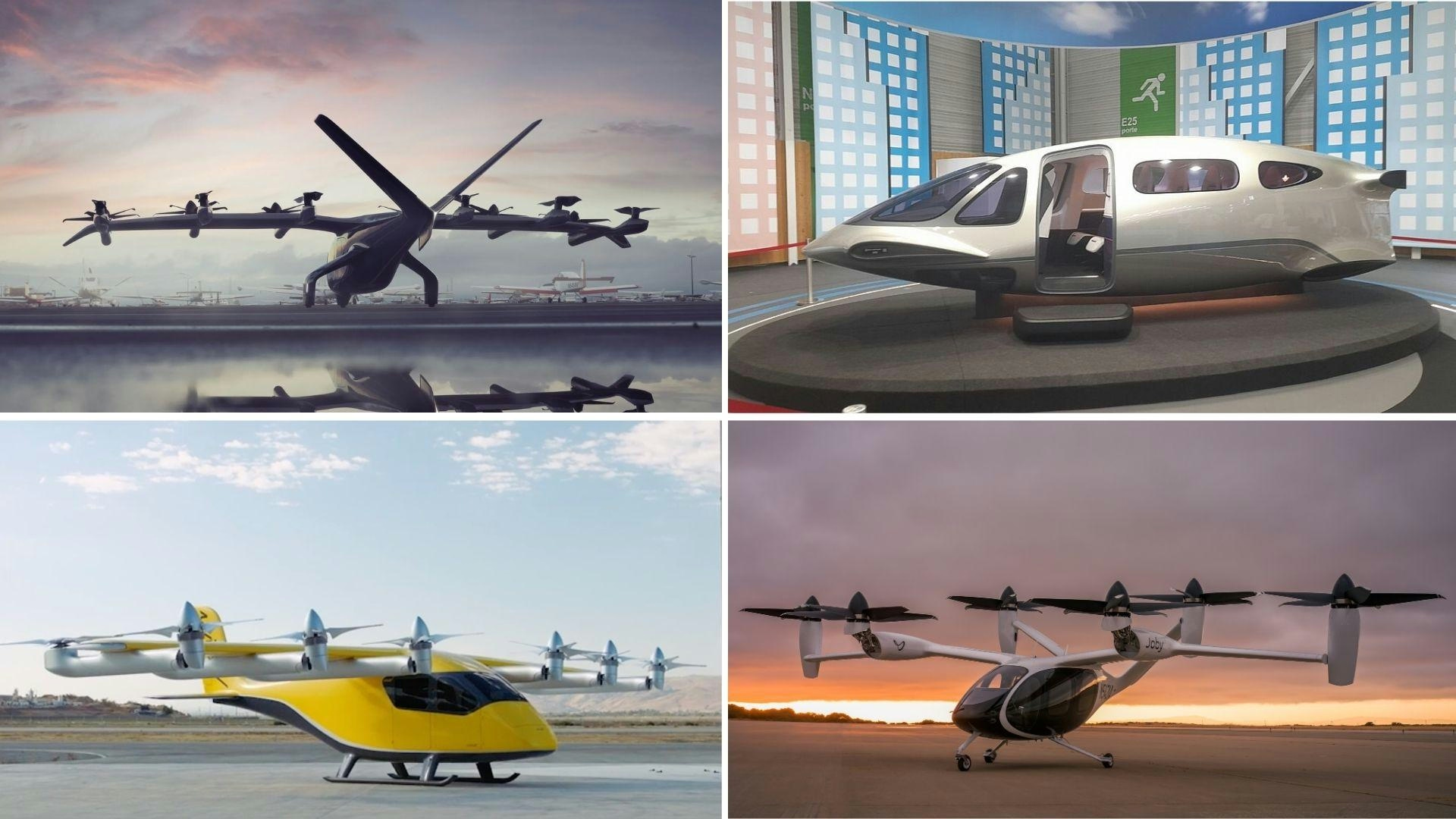
Five Air Taxis Poised to Shape Urban Mobility by 2026
